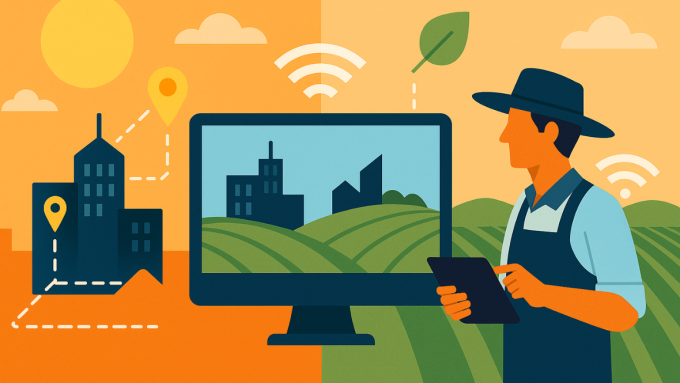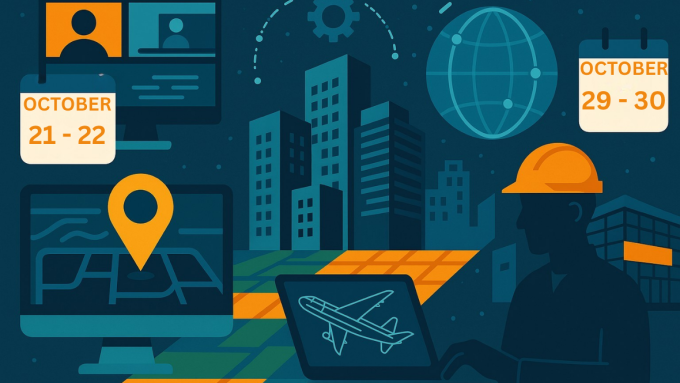We are facing a growing challenge in the UK in managing the assets we construct. New structures will need future maintenance and much of our existing infrastructure is ageing and performing beyond its design life and intended capacity. In order to get more out of our existing assets with minimum use of limited resource we need to better understand how they are performing. Climate crisis and extreme weather events bring additional strain to the condition and structural health of assets making assessing their condition increasingly important. There are logistical challenges too – visually inspecting remote and hard to access assets can be expensive and hazardous.
Many people don’t consider that the Earth’s surface is being continuously scanned. By different satellite sensors, in different directions, day and night. While the proliferation of sensors and satellite technology has fuelled a revolution in the way we can monitor assets, the ideal solution is to use different tools in the engineer’s toolbelt in order to find the right solutions for the right cases.
We’re used to the ideal of Google Earth, and many people in our sector are learning about the usefulness of maps and geographical information systems (GIS), with many open datasets provided by organisations like Ordnance Survey in the UK. What you see as satellite images on Google Earth are forms of optical data: like taking pictures over time of the Earth’s surface and using our eyes to see the changes (or maybe automating change detection through machine learning…and that’s another point). What many people working in the built environment do not realise is that there is a whole spectrum of other sensors that can show us beyond what our eyes can see.
Did you know that radar satellites continuously scan the earth, emitting and receiving back radar waves? These satellites do not rely on daylight to image and so we can collect radar measurements day and night, and even through clouds. Using different processing techniques, this data can be used to create 3D digital elevation models, map floods and measure millimetres of movement at the Earth’s surface – all from hundreds of kilometres up in space. And did you know there is free data available to track pollutants, monitor ground changes and track vegetation?
There is. In huge volumes. Petabytes of data are held in archives which allow us to look backwards in time as well as forwards. With all this opportunity, it can seem a bit daunting on where to get started.
I have worked in the design, construction and maintenance sectors for over a decade, and I came back to academia to learn about the opportunities of satellite data from the German Aerospace Center and the Satellite Applications Catapult. I spent a PhD’s worth of time retaining in data analysis so that I could combine the latest in data analysis with a civil engineer’s lens to better understand how we can unlock value from this data. I’ll save you the time and give a quick overview of what we can do in industry now, and share some learnings from talented researchers working on a Centre for Digital Built Britain (CDBB) project on satellite monitoring to support digital twin journeys.
Hope to see you next Tuesday 1st February at the Gemini call for introduction to the topic and some signposting on where you can go to find out more to make the most of such data for your own assets.



Leave a comment